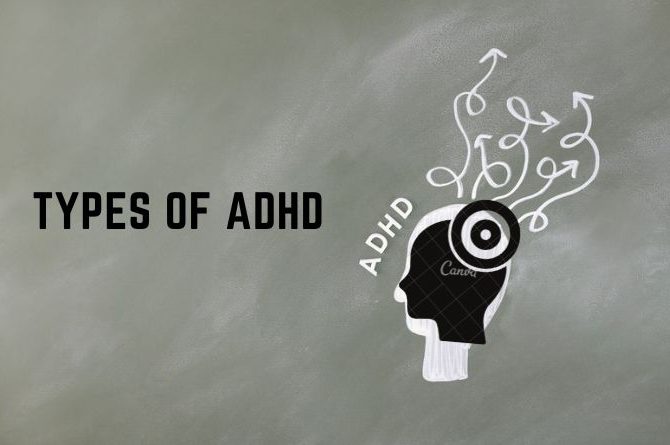
Types of ADHD
Not always you can look at someone and suspect ADHD from their behavior and actions. There is no ADHD stereotype. ADHD comes in different forms. Let us discuss those types briefly here.
Attention-Deficit/Hyperactivity Disorder (ADHD) is a neurodevelopmental disorder that affects both children and adults. According to the Diagnostics and Statistical Manual of Mental Disorders, 5th edition (DSM-5), there are three main types of ADHD: Predominantly Inattentive Presentation, Predominantly Hyperactive-Impulsive Presentation, and Combined Presentation.
Predominantly Inattentive Presentation, also known as Attention Deficit Disorder (ADD), is characterized by symptoms of inattention, such as difficulty paying attention to details, difficulty following through on tasks, and forgetfulness. Individuals with this type of ADHD may also have difficulty organizing or completing tasks, and may be easily distracted. This type of ADHD often goes undiagnosed because the symptoms are not as noticeable as those of the other types. This is especially true in females and may be harder to recognize in males. Even with predominantly inattentive type it does not mean there are no hyperactive / impulsive symptoms.
Predominantly Hyperactive-Impulsive Presentation is characterized by symptoms of hyperactivity and impulsivity, such as fidgeting, difficulty sitting still, interrupting others, and acting impulsively without thinking things through. This type of ADHD is more easily noticed than the inattentive type, but is often misdiagnosed as just a behavioral problem. Having predominantly hyperactive / impulsive type does not mean there are no inattentive symptoms.
Combined Presentation is the most common type of ADHD and it is characterized by symptoms of both inattention and hyperactivity-impulsivity. Individuals with this type of ADHD have symptoms from both the inattentive and hyperactive-impulsive types.
For a diagnosis of ADHD, the symptoms must be present for at least 6 months, be developmentally inappropriate and cause significant impairment in multiple settings such as school, work, or social interactions. The symptoms must have started before the age of 12.
A qualified professional, such as a psychiatrist, pediatrician, or psychologist should be the one who diagnose ADHD and they should use standardized assessment tools and interview the patient and their families as part of the diagnostic process.
ADHD is a complex condition that can manifest differently in different people, and the symptoms may change over time. This is why it is important to receive a proper diagnosis from a qualified professional, and to continue to work with that professional to manage and treat the condition.
